Familiarize yourself with where blood can be stored. 1-6ºC in monitored refrigerator.
As part of the AACR Annual Meeting Methods Workshop Sample Collection Processing and Storage for Large-Scale Studies.

. Blood from each horse was collected into 4 different containers. Your donation test tubes and your donor record are labeled with an identical bar code label. The donated blood will then be processed in the laboratory into its individual components namely Plasma Platelet Concentrates and Packed Red Cells.
There are eight different blood types and each one holds a unique power to save lives. Answer 1 of 9. Once dispensed any PRBCs shall be immediately transported directly to the RN or LIP requesting the component for transfusion.
Storage Shelf Life. Donated bagged blood is stored in special refrigerators that are monitored 247365 to make sure the temperature of the blood never gets too cold or too hot. All blood blood products and derivatives bodily fluids excretions and tissues sourced from either human or.
Optimum storage temperature for whole blood and red cells is between 2-6 with occasional elevation to 10C eg. Red Blood Cells in AS-5 or AS-3 including leukoreduced. Several small test tubes of blood are also collected for testing.
Scope and Principles. During transportation being acceptable. 11 Use non-permeable lab coats latex gloves and face shields when handling any blood in any situation in which splashes spray spatter or droplets of blood may be generated and eye nose or mouth.
The second method called apheresis consists of drawing blood from the donor seperating the components using a centrifuge storing the component required for transfusion and returning the. Whole blood and blood fractions comprise a major portion of biospecimen. The donated units are stored for up to 42 days and given back to the same individual when and if a need for transfusion arises.
Ruby NI Pietersz Pieter F van der Meer Department of Product and Process Development Sanquin Blood Bank Amsterdam the Netherlands Abstract. This ensures the integrity of each unit and that patient safety is maintained. Red blood cells carry oxygen.
Blood Center Storage Conditions. Blood components must be stored at the appropriate temperature as shown in the following tables. In the event of equipment malfunction or failure remove red blood cells from blood storage refrigerator and return to MEDIC or you may place red blood cells in another acceptable refrigerator temporarily.
Blood can be donated by two means. Storing umbilical cord blood is costly. Handling Storage Returns.
The temperature must be monitored every thirty 30 minutes and recorded on form TS13D Blood Storage Unit. Need a clean storage environment and careful handling to avoid physical damage so too do blood components. Private blood banks exist throughout the country.
Return to Blood Center 345. You arrive for your blood donation appointment. It is good practice to inspect the shipper and blood product upon receipt as per Appendix 6.
Today blood banks collect blood and separate it into its various components so they can be used most effectively according to the needs of the patient. These methods of blood component separation are probably essentially equivalent although each has advocates. Blood banking refers to the process of collecting separating and storing blood.
OneBloods exclusive Target Your Type program shows donors how to give the most needed components of their blood by targeting how they donate. Blood Banking and Donation. From cross-over and repeated donation studies we know that post-storage viability is a stable characteristic of individual donors under a variety of.
11 The term clinical sample is used to encompass. The blood is treated with an anti-coagulant so it doesnt form clots. Health history and mini physical are completed.
Apheresis devices with higher yields and gentler handling can improve the. For a whole blood donation about 1 pint of blood is collected. You can donate the blood from the cord for free but you must pay a private facility if you want the blood stored for your own child in the event of an emergency in the future.
Packed Red Blood Cells pRBCs Red Blood Cells RBCs Handling. Maintain in monitored refrigerator at 1-6ºC until administration 2. PRBCs are stored in a Blood Bank refrigerator at a temp of 1-6ºC until issue.
Whole blood donation and apheresis donation. This type of donation is the commoner among the two. To compare viability of equine whole blood stored by 4 different methods and to establish optimal storage protocols for an equine autologous blood donation program.
In vitro study of stored equine whole blood. Animals- Six healthy adult horses. A solid quality system to ensure safe and effective blood components that are traceable from a.
Guidance for the safe storage handling and use of clinical samples. After compatibility test is no longer valid as indicated by the Transfusion Report. This is very useful for patients with rare blood types who can be very hard to.
Biorepositories to Support Cancer Research blood specimen collection processing storage and dissemination issues were discussed. Delaying refrigeration increases the loss of 23 DPG over this period. Blood drawn from an individual prior to elective non-urgent surgery during which loss of a lot of blood is expected.
This review focuses on safety improvements of blood processing of various blood components and their respective storage. Shelf life of whole blood components Shelf life is the maximum allowable storage time that a blood product may be stored provided that the requirements of temperature preservative solutions and physical environ-ment are met. Blood bank was established in 1936.
Platelets and granulocyte retain better function when stored at room temperature. Glass bottles containing acid. Handling Storage Returns.
Blood 450 ml is collected when they donate a unit of blood. Failure to follow correct storage requirements may result in decreased transfusion efficacy potential harm to the patient or the component being unsuitable for use and discarded. Click on the blood types below and learn how to unlock the power of your blood type and save more lives.
Blood and Blood Product Transfer Form. Safety Issues and Precautions for Handling Blood Specimens. Enter the acceptance or non-acceptance of product into your laboratory information system as required.
I Like To Consume Blood What Would Be The Best And Safest For Myself And Donors Way Of Obtaining Whole Blood And Storing It How Long Can It Be Stored Obtaining Fresh
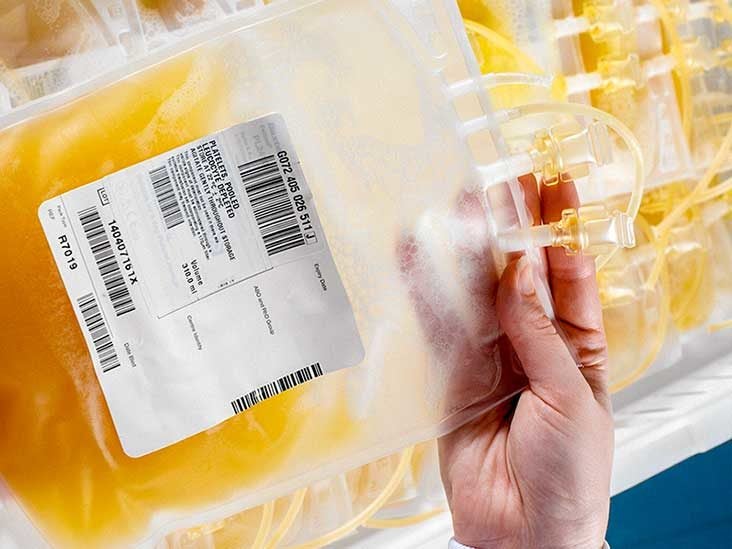
Function Of Plasma Structure Functions And Donation Information
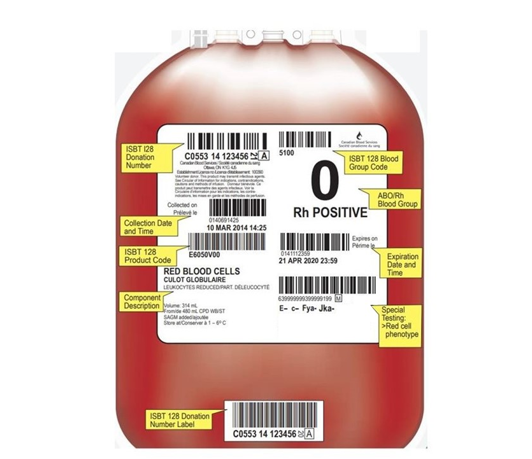
Blood Components Professional Education

Preparation Of Platelet Rich Plasma From A Whole Blood Donation From A Download Scientific Diagram

Biobanking Science Maximizing Red Blood Cell Life In Biobanks Biobanking Com
What Should I Do After Blood Donation Quora

Blood Type Distribution By Ethnicity U S 2021 Statista
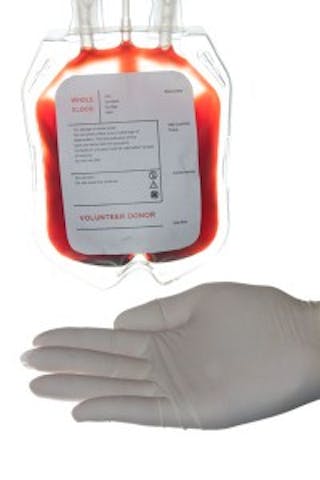
Blood You Can Trust Global Trends In Transfusion Safety Medical Laboratory Observer

The Challenges Of The Blood Supply Chain Maxq

Blood Storage And Its Therapeutic Success Pharma Mon
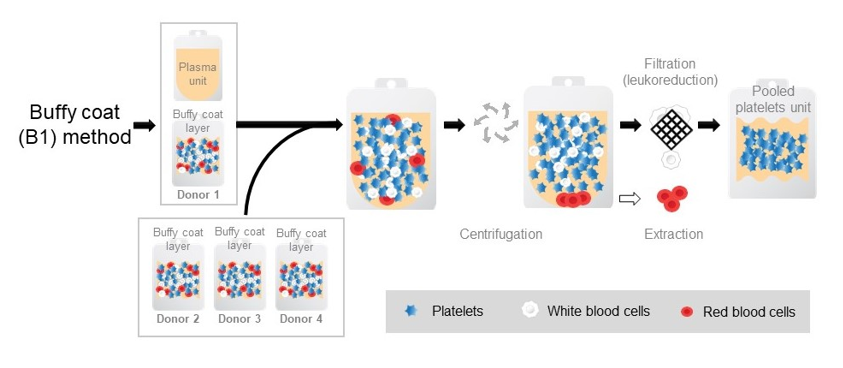
Blood Components Professional Education
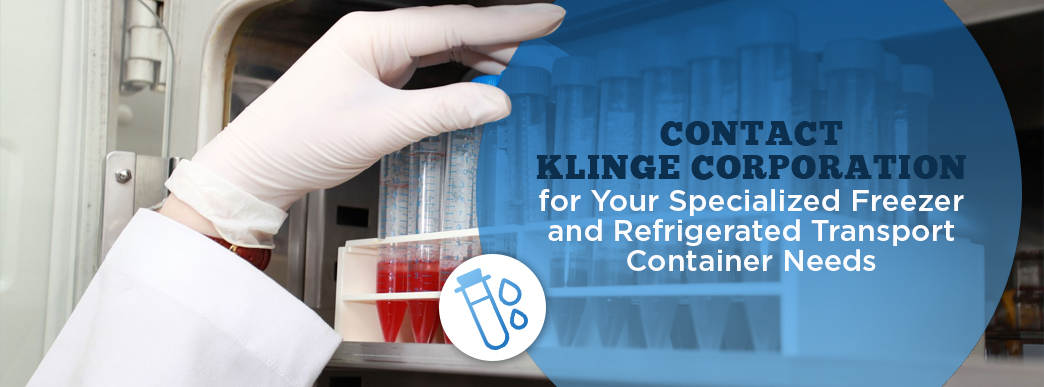
What Happens After Blood Is Donated Blood Storage And Transportation
The Use Of Low Titer Group O Whole Blood In Emergency Medicine Emra

What Is A Blood Bank Red Cross Blood
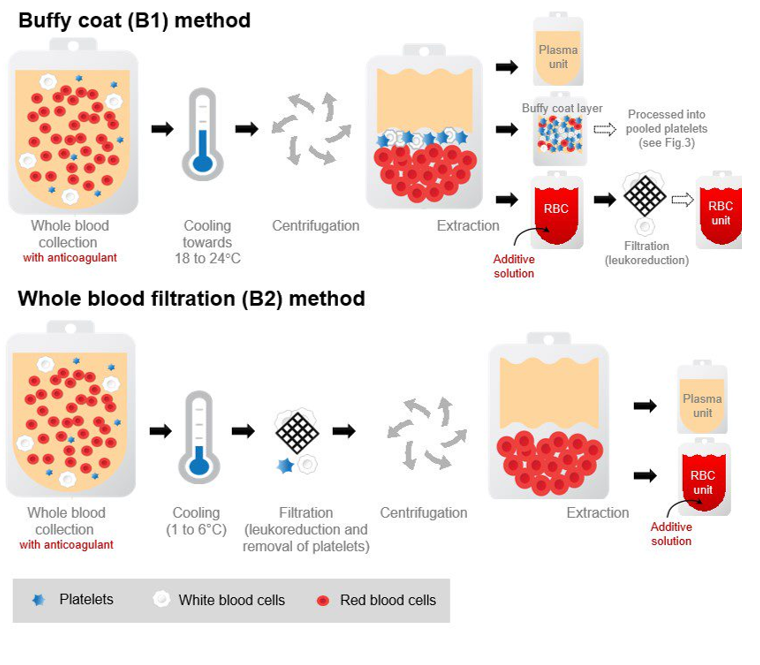
Blood Components Professional Education
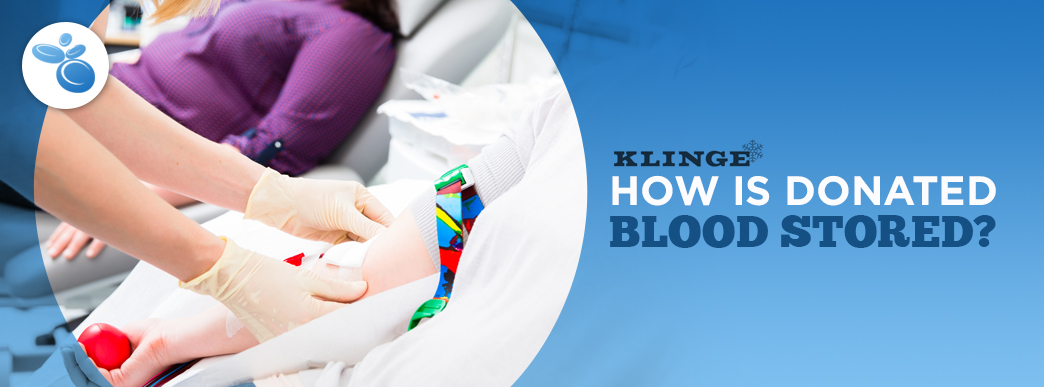
What Happens After Blood Is Donated Blood Storage And Transportation
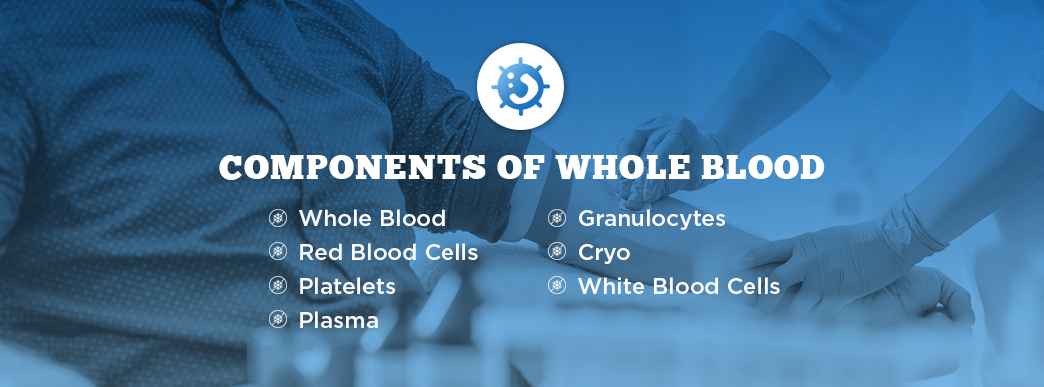
What Happens After Blood Is Donated Blood Storage And Transportation


